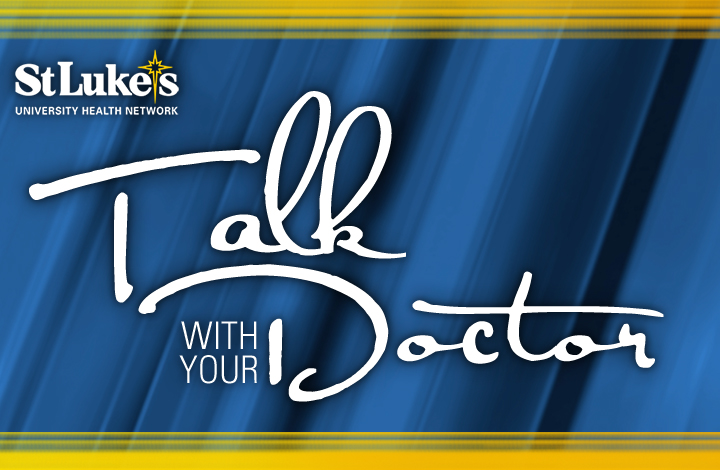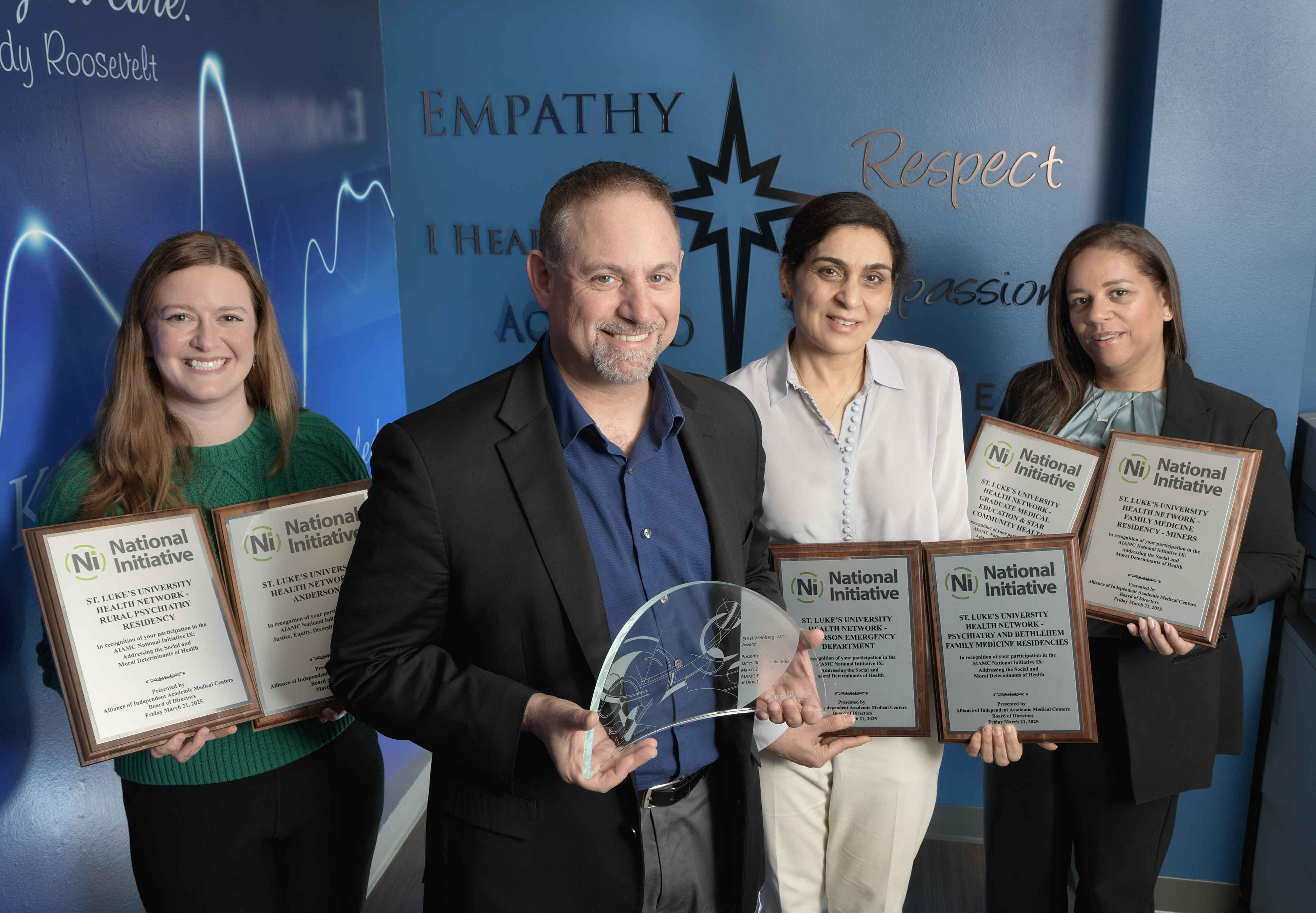St. Luke's Uses 3D Printer to Make Human Body Parts
August 31, 2018
Fabricating a broken arm, or simulating a wound on a diabetic foot is all in a day’s work for Megan Augustine, M.Ed., St. Luke’s Director of the Network’s Simulation Center. Augustine and her team are responsible for creating “task trainers” – essentially replicated body parts – that allow St. Luke’s students, residents and staff to practice skills like venipuncture (drawing blood) or a tracheotomy (incision in the windpipe).
“Simulation, using task trainers, is an essential part of medical education, as well as continuing education for existing health care staff,” says Augustine. “It’s an opportunity for them to enhance their skills.”
Looking around the St. Luke’s Network Simulation Center, task trainers of severed appendages, limbs and open wounds are strewn across tables readily available for continuing education and training. Within a Network of more than 14,000 employees, over 10,000 learners come through the Simulation Center annually. Because of the volume, Augustine needed a more efficient and cost-effective way to produce the task trainers, while at the same providing more trainers to the learners. She got the idea to use a 3D printer when looking for alternatives to expensive, hard-to-get task trainers and/or simulators that don’t represent the full range of clinical complexity.
A fundraising grant from St. Luke’s Auxiliary brought her idea to life – the printer arrived three weeks ago and has been set-up, calibrated and tested by biomedical engineering intern, Ethan Newman of Widener University.
Using a software program, images can be designed and files can be modified then sent to the printer. The printer uses heat to melt a filament material to produce the object. This process can take several hours, but according to Augustine, it is a tremendous addition to our custom task trainers. Plus, she adds, the 3D printer provides customized lifelike anatomical models for learners to improve their skills and patients the ability to hold an object instead of viewing it from an image.
“Somewhere down the line, we will be using printers like these for even more advanced purposes,” Augustine says. “I can easily see a physician asking for an anatomical model to better illustrate a medical condition for improved patient care and education. … The sky’s the limit.”
###
About St. Luke’s
Founded in 1872, St. Luke’s University Health Network (SLUHN) is a fully integrated, regional, non-profit network of more than 14,000 employees providing services at 10 hospitals and more than 300 outpatient sites. With annual net revenue greater than $2 billion, the Network’s service area includes 10 counties: Lehigh, Northampton, Berks, Bucks, Carbon, Montgomery, Monroe and Schuylkill counties in Pennsylvania and Warren and Hunterdon counties in New Jersey. Dedicated to advancing medical education, St. Luke’s is the preeminent teaching hospital in central-eastern Pennsylvania. In partnership with Temple University, St. Luke’s created the region’s first and only regional medical school campus. It also operates the nation’s longest continuously operating School of Nursing, established in 1884, and 28 fully accredited graduate medical educational programs with 226 residents and fellows. St. Luke’s is the only health care system in central-eastern Pennsylvania to earn Medicare’s five-star rating (the highest) for quality, efficiency and patient satisfaction. St. Luke’s has earned the 100 Top Major Teaching Hospital designation from IBM Watson Health (formerly Truven Health Analytics) repeatedly – six times total and four years in a row including 2018. It has also been cited by IBM Watson Health as a 50 Top Cardiovascular Program. Utilizing the EPIC electronic medical record (EMR) system for both inpatient and outpatient services, the Network is a multi-year recipient of the Most Wired award recognizing the breadth of the SLUHN’s information technology applications such as telehealth, online scheduling and online pricing information. St. Luke’s is also recognized as one of the state’s lowest cost providers.
Read More NewsLatest News


April 10, 2025
National Recognition for SLUHN Graduate Medical Education

April 09, 2025
In Safe Hands Award

April 08, 2025